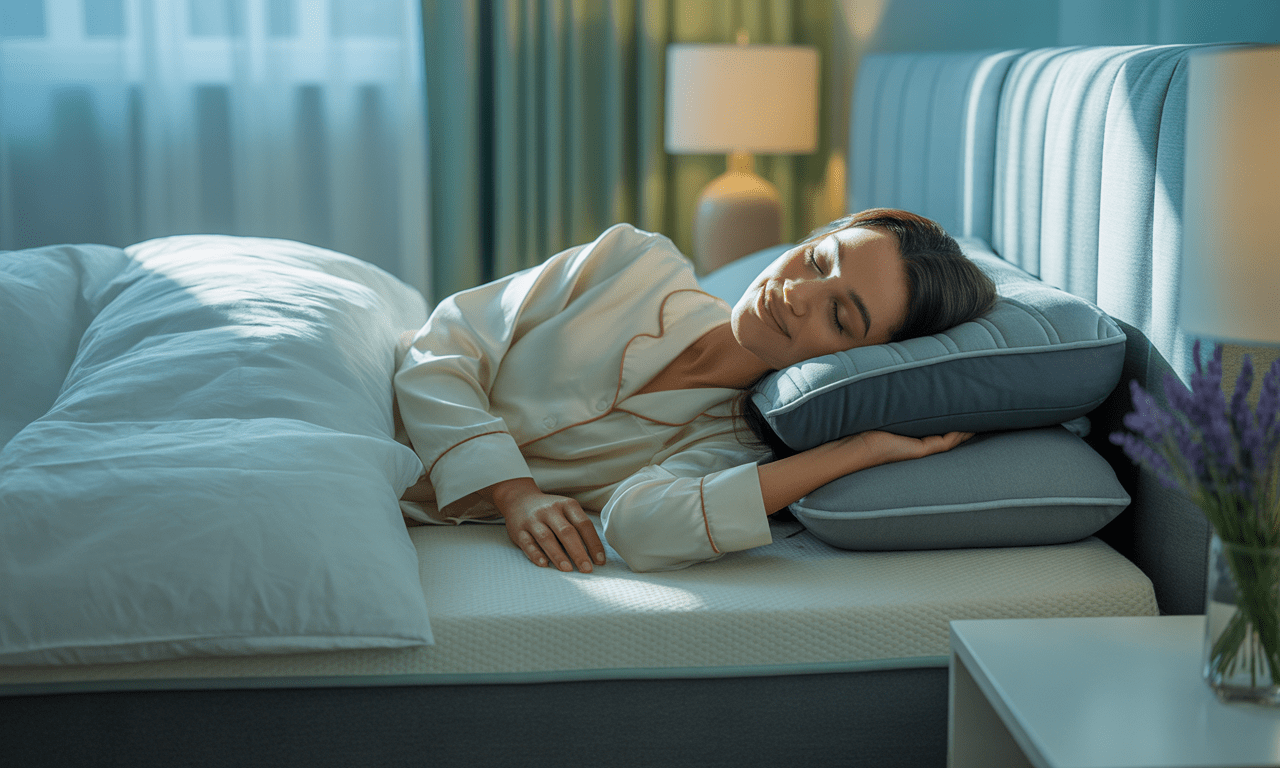Introduction
Every parent wants their child to thrive in school, but what if the key to better grades, improved focus, and a happier learning experience isn’t more revision, but better posture? It might sound like something your grandmother would say (“Sit up straight!”), but emerging research is proving her right. The way your child sits, stands, and even carries their backpack could be subtly sabotaging their attention span, memory, and overall academic performance. Intrigued? Read on—because this is about much more than looking “neat” in the classroom.
Jump to:
TLDR – Quick Guide
- Slouching can reduce your child’s focus and memory—poor posture can restrict blood flow and oxygen to the brain.
- Proper alignment supports better mood and confidence, directly influencing classroom participation.
- Early intervention is key—developing good posture habits now sets your child up for lifelong learning success.
- Simple adjustments make a big difference—ergonomic seating, active breaks, and mindful habits can boost both attention and grades.
- Watch for signs like frequent fidgeting, headaches, or complaints of neck/shoulder pain—these can indicate posture is affecting learning.
Detailed Breakdown
The Science Behind Child’s Posture Affecting Learning and Concentration
Did you know the brain uses up to 20% of the body’s oxygen? When a child slouches at their desk or hunches over a tablet, their breathing becomes shallow. This cuts off vital oxygen to the brain, leading to reduced alertness, concentration difficulties, and even increased fatigue during lessons.
Multiple studies show a direct link between upright posture and cognitive performance. Children with good posture have been shown to process information faster, retain more, and even exhibit better emotional regulation—crucial for those tricky maths problems and playground politics alike.
Warning Signs Your Child’s Posture Is Impacting Their Learning
Physical Symptoms
- Frequent headaches or eye strain
- Complaints of neck, back, or shoulder pain
- Restlessness or frequent fidgeting while seated
Academic and Behavioral Clues
- Trouble focusing or paying attention for long periods
- Difficulty following instructions
- Drop in grades despite consistent effort
These signs can creep up slowly, so regular observation—especially during homework or screen time—can reveal patterns that might otherwise be missed.
How Posture Affects Learning and Concentration
Blood Flow and Nerve Tension
Poor posture compresses the chest, reducing the efficiency of the lungs and heart. Less oxygen gets to the brain. Slouching also increases nerve tension on the brain which can leave your child feeling foggy and unfocused. Good posture allows for deeper breaths, and nerve function for better performance.
Confidence, Mood, and Classroom Engagement
Slouching is often linked with low mood or stress, while standing or sitting tall can actually boost confidence hormones like testosterone. Kids who sit up straight are statistically more likely to participate in class, answer questions, and approach challenges with resilience.
The Vicious Cycle—Posture, Fatigue, and Attention
A child who struggles to sit upright due to muscle fatigue will quickly become distracted. The more tired their body feels, the harder it is to concentrate—leading to a cycle of frustration and poor results.
Practical Ways to Improve Your Child’s Posture for Better Learning
Create an Ergonomic Study Space
- Use a chair that supports the lower back
- Ensure feet rest flat on the floor (use a footrest if needed)
- Screen or book should be at eye level, not on the lap
Encourage Active Breaks
Set a timer for 30–45 minutes of study, followed by a few minutes of stretching, walking, or simple movement. This keeps the spine and brain refreshed.
Teach Body Awareness
Practice “posture checks” together—have your child sit tall, roll their shoulders back, and imagine a string pulling the top of their head toward the ceiling. Make it a game!
Watch the Backpack
Heavy or unevenly loaded backpacks can strain a growing spine. Make sure your child’s bag is not more than 10% of their body weight and is worn over both shoulders.
Key Takeaways
- Your child’s posture isn’t just about looking good—it’s a crucial factor in their ability to learn, focus, and thrive at school.
- Small daily changes in study space setup, movement breaks, and body awareness can yield big academic dividends.
- Watch for subtle signs that posture is impacting your child’s learning, and don’t hesitate to address issues early.
- Remember: healthy posture habits today mean a lifetime of better learning, confidence, and well-being.
FAQs
How exactly does posture impact my child’s concentration?
Poor posture can restrict blood flow and oxygen to the brain, and compromise nervous system function, making it harder for your child to focus and retain information. Over time, this can affect both short-term attention and long-term academic outcomes.
What are easy signs parents can spot if posture is affecting learning?
Look for frequent fidgeting, slumping at the desk, complaints of back or neck pain, and sudden changes in mood or engagement with schoolwork. These can all signal posture-related concentration issues.
Is it ever “too late” to fix posture-related learning problems?
Absolutely not! Children’s bodies are remarkably adaptable. With the right habits and support, improvements in posture can quickly lead to better focus and comfort at any age.
Can devices like tablets and smartphones make things worse?
Yes. Extended screen time often encourages slouching or “tech neck.” Encourage regular breaks, use device stands, and remind your child to sit up straight when using electronics.
Do posture braces or supports help improve learning and concentration?
Posture braces are not good for long term spinal health. Building natural postural strength through movement, proper posture correction with Advanced BioStructural Correction and ergonomic habits is more effective for lasting improvement in learning and focus.






